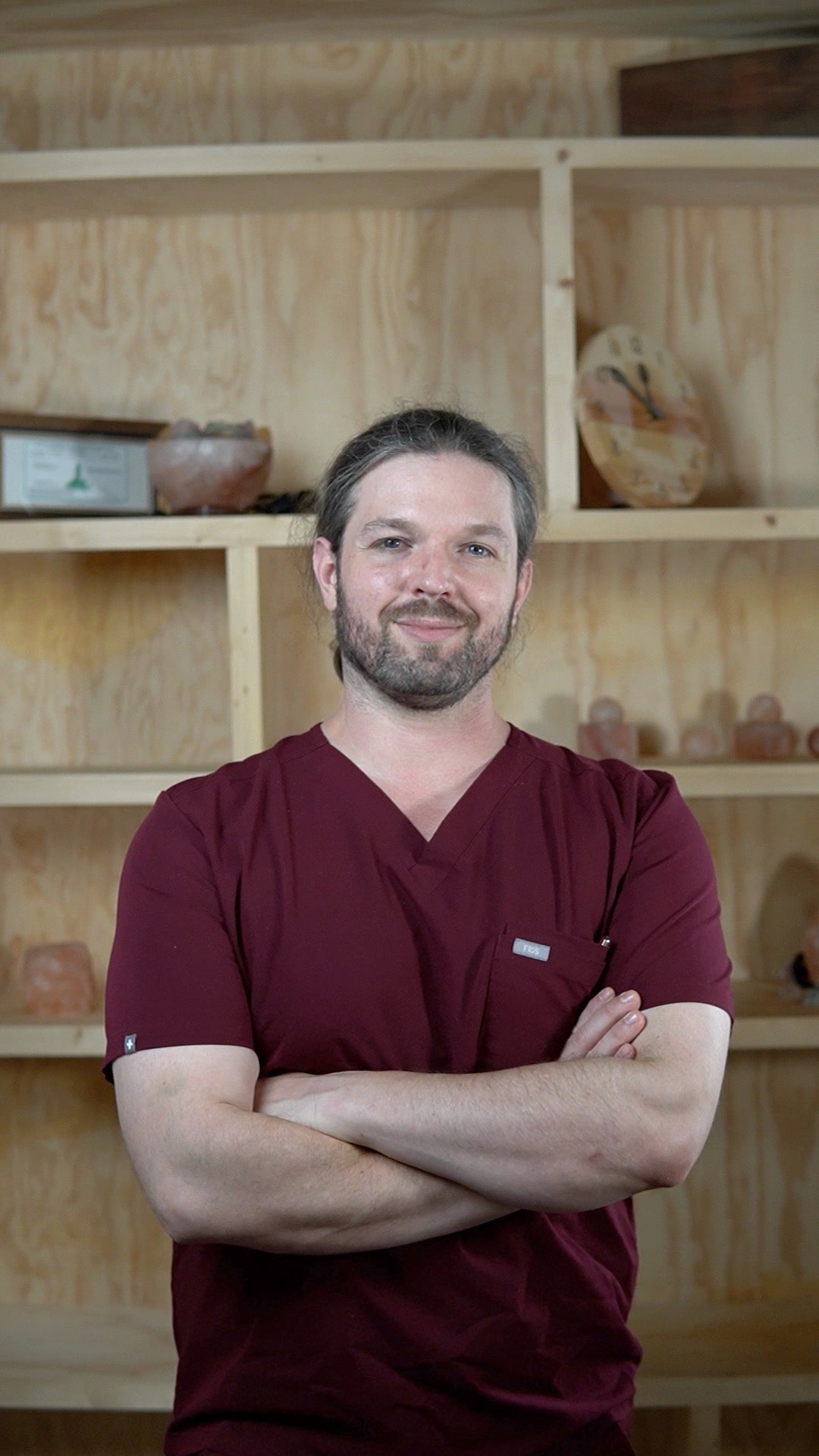
Fascial Integrative Therapy

Hi everyone, my name is Brandon Taylor. I am the creator of FIT Method and owner of Resonance Labs. My research over the last 20 years have all focused on pain, its origins, and how to correct the problem(s) generating it. My education has taken me all around the world from the most modern research hospitals to ancient soft tissue modalities and tribal healers. Through my educational wanderings I settled in Los Angeles and in 2016 started my clinical application of FIT Method. In 2020, I founded Resonance Labs where we focus on pain, physical dysfunction, emotional integration, and full body soft tissue maintenance.
Collapsible content
What is Fascia?
- Fascia is a connective tissue that surrounds muscles, bones, and organs, providing support and structure to the body.
- Fascia is an adaptive structure that supports and responds to movement and stressors in the body.
- Fascia acts symbiotically with the body's vascular, lymphatic, muscular, skeletal, and nervous networks.
- Fascia has three main functions: structural and movement assistance, nervous system aid, and lymphatic/garbage control.
- Fascia is adaptable and responds to the way we move and the stressors we expose our tissues to on a daily basis.
- Fascia can form restrictions and create a "ping pong match" between opposing ranges of motion, leading to unexplainable pain and dysfunction.
- Structural fascia can also form as a result of direct injury, such as repetitive impact, leading to high density fascia and restricted range of motion.
- Proper maintenance and self-care are important for maintaining healthy fascia and preventing dysfunction.
- Fascial dysfunction can occur due to a variety of factors, including poor posture, repetitive movements, trauma, inflammatory conditions, and lifestyle factors.
What is FIT?
- The FIT method focuses on mass system integration and balance, rather than looking at the body on a micro scale.
- The FIT Method focuses on direct manipulation, destruction, and reorganization of the fascial network to assess and treat soft tissue dysfunction.
- The FIT Method utilizes various techniques to address fascial dysfunction, including myofascial release, stretching, negative pressure tissue destruction, strengthening, and movement retraining.
- The FIT Method emphasizes the importance of an individualized approach, taking into account each person's unique anatomy, movement patterns, and goals.
- The FIT Method recognizes the influence of emotional and psychological factors on fascial health.
- By addressing fascial dysfunction and restoring optimal movement and function, the FIT Method aims to improve overall well-being and quality of life.
How can FIT Help?
- The use of hands-on soft tissue manipulation can alleviate pain and dysfunction, providing an alternative to medical intervention.
- Manipulating and reprogramming fascia can alleviate symptoms and restrictions.
- Fascia also plays a role in lymphatic and garbage control.
- When the capacity of the fascial warehouse is reached, it can lead to issues such as TMJ, migraines, restricted range of motion, and fatigue.
- The ability of fascia to store waste helps protect the body from quickly becoming dysfunctional or experiencing kidney failure.
- The FIT Method promotes a holistic approach to health and wellness, recognizing the interconnectedness of the body, mind, and spirit.
- By addressing fascial dysfunction and restoring optimal movement and function, the FIT Method aims to improve overall well-being and quality of life for the operator and by proxy the family as well.
-
Benefits
In medicine there is intervention (surgery and medication) and rehabilitation (physical therapy and psychology). Fascial Integration Theory (FIT) gives us the ability to restore soft tissues to ideal function in a non-invasive and expeditious way.
-
Methodology
Using a negative pressure based, hands on method developed by Fascial Integration Specialist Brandon Taylor, FIT is able to restore, enhance, and maintain anyone at their peak of physical performance.
-
Athletic Performance
Over 80% of FIT’s athletes go on to set personal bests after only 2 sessions; finding new ability, endurance, and strength as they integrate.